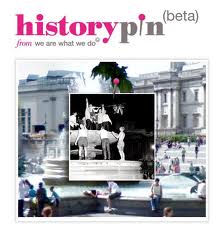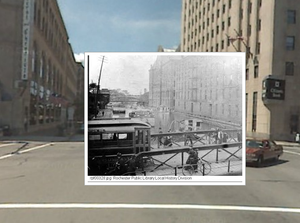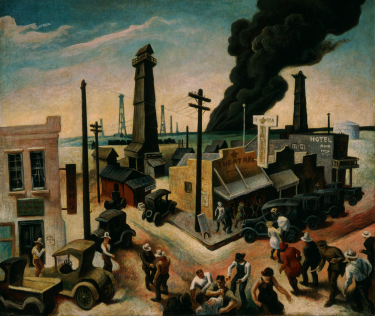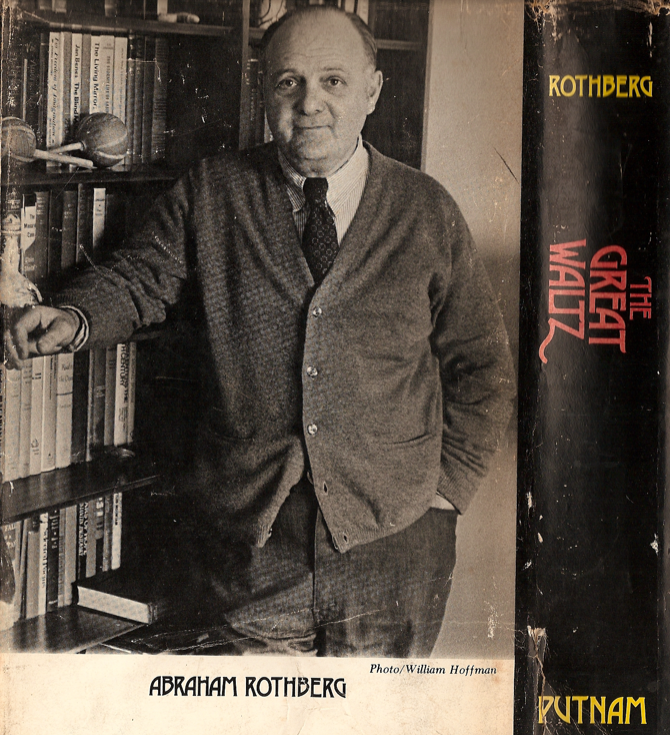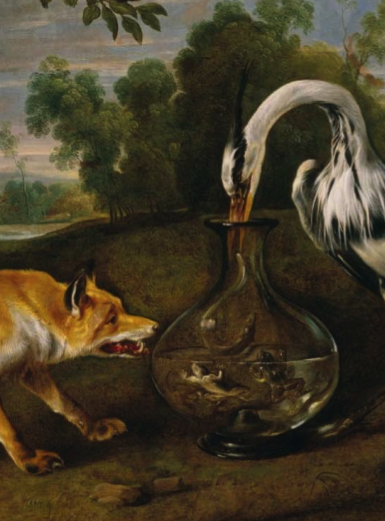While planning for my next document based question (DBQ) workshop, I discovered Historypin. It’s a great mashup of digital photos with stories layered over Google maps. Users can search images by geography / time and post historic photos with stories to maps. It’s fascinating to view historic photographs set against the backdrop of current Google map street view.
Here’s a circa 1894 photo I uploaded to Historypin showing a bridge crossing the Erie Canal in downtown Rochester NY. It’s layered over a functioning “street view” in Google maps.
In Historypin’s story section, I provide a brief history of the canal’s impact on the growth of the city.
Then I pose a question. “I wonder if the people in the old photograph still appreciated the canal’s role in creating the city of Rochester, or if they had come to see it as outmoded nuisance which divided the city in half?”
For more ideas for classroom see: image guide | story guide | teachers’ notes.
What I like most about Historypin is that it adds a new dimension to the DBQ approach to instruction – students don’t simply learn from historic documents – they get to document their world for future generations.
More from Historypin:
Historypin was created as part of our current campaign to get people from different generations spending more time together. From a lot testing, we found old photos are a great way of getting people talking about how their street used to look, what their grandparents were like and what’s changed (or not) over time.
We decided to create a website where people everywhere could share their old photos and the stories behind them, pinning them to a map of the world. We also thought it would be neat if you could compare these old photos with how the world looks today, making the site a bit like a digital time machine. So we asked Google if they’d help. They let us use their map and Street View functionality and helped us build the site.
The great thing about Historypin is that when they’re using the site, loads of people are spending time with someone from a different generation. Older people have attics full of old photos, younger people know when to click and when to double click.
